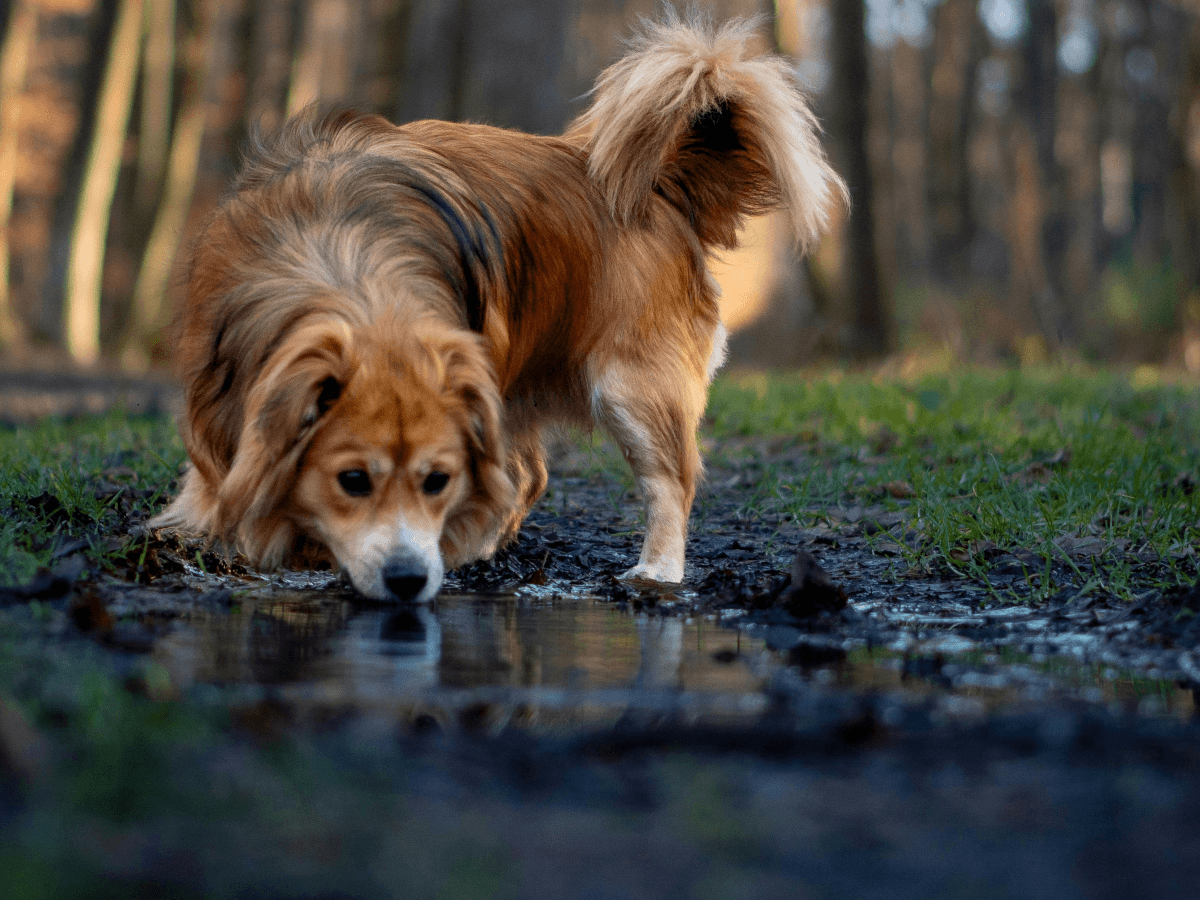Leptospirosis in Dogs: Symptoms, Transmission, Prevention & Treatment

Introduction
🚨 Did you know that leptospirosis can be fatal in dogs and is one of the most overlooked pet diseases? This dangerous bacterial infection spreads through contaminated water, soil, and urine from infected animals, and it can even infect humans. Many dog owners don't realise the risks until it's too late. Here’s what every pet owner needs to know to keep their furry friend safe.
1. What is Leptospirosis?
Leptospirosis is an infectious disease caused by Leptospira bacteria, which thrive in warm, wet environments. The bacteria can survive in soil and stagnant water for weeks to months, making dogs that love swimming, drinking from puddles, or exploring outdoors more vulnerable to infection.
How Does It Spread?
- Drinking contaminated water (puddles, lakes, rivers, or standing water)
- Contact with infected urine from wild animals like rats, raccoons, or livestock
- Walking on or digging in contaminated soil
- Bites or wounds exposed to bacteria
- Through the mucous membranes (nose, mouth, eyes)
🐶 High-risk dogs include those living in rainy areas, near farms, or places with wildlife exposure.
2. Symptoms of Leptospirosis in Dogs
⚠️ Watch out for these signs! If your dog shows any of these symptoms, contact a vet immediately:
- Fever and lethargy
- Loss of appetite
- Vomiting and diarrhoea
- Muscle pain and stiffness
- Increased thirst and urination (due to kidney damage)
- Jaundice (yellowing of the skin, gums, and eyes)
- Difficulty breathing
- Bloody urine or faeces
- Collapse and shock in severe cases
⏳ Early detection is key! Leptospirosis progresses rapidly, so immediate veterinary care is essential.
3. Diagnosis and Treatment of Leptospirosis
How is Leptospirosis Diagnosed?
- Blood tests and urine analysis can detect the presence of Leptospira bacteria.
- PCR tests help confirm active infections.
- Liver and kidney function tests determine if organ damage has occurred.
Treatment Options for Leptospirosis in Dogs
- Antibiotics (such as Doxycycline or Penicillin) to kill the bacteria.
- Intravenous (IV) fluids to manage dehydration.
- Supportive care, including medication to control vomiting and pain.
- Hospitalisation in severe cases to prevent complications like kidney failure or liver damage.
🏥 The sooner treatment begins, the better the chances of recovery!
4. Preventing Leptospirosis in Dogs
✅ Simple ways to protect your dog:
- Get the Leptospirosis vaccine – a yearly vaccination is highly recommended, especially for high-risk dogs.
- Avoid stagnant water – prevent dogs from drinking or swimming in puddles, lakes, or slow-moving water.
- Control rodents – Keep your surroundings clean to minimise exposure to infected wildlife.
- Good hygiene practices – Wash your hands after handling pets and clean contaminated areas properly.
- Regular veterinary check-ups – Routine visits help detect early signs of infection.
🐾 Prevention is always easier than treatment!
5. Can Humans Get Leptospirosis from Dogs?
Yes, leptospirosis is a zoonotic disease, meaning it can spread from dogs to humans. People can become infected through:
- Contact with infected urine or contaminated water
- Handling an infected dog's bedding, bowls, or waste
- Open wounds exposed to Leptospira bacteria
🧤 How to protect yourself: Always wear gloves when cleaning up after your dog and disinfect areas where urine contamination may occur.
6. 🧐 Did You Know?
- Leptospirosis thrives in warm, damp environments and is more common in areas with stagnant water or high wildlife presence.
- Vaccinated dogs can still get infected, but usually recover faster.
- It spreads through urine, so rats and wild animals in cities are major carriers.
🐶 Can my dog get leptospirosis from sniffing grass? ➡️ Yes! If the grass has contaminated urine from infected animals.
🐕 Do indoor dogs need vaccination? ➡️ Yes! Even city dogs can be exposed through shared dog bowls or infected water.
Conclusion
💡 Leptospirosis in dogs is a serious but preventable disease. Awareness and early detection are critical to keeping your dog safe. By recognising early symptoms, ensuring proper vaccination and hygiene, and acting quickly, dog owners can reduce the risk of infection.

bitawaker Ltd